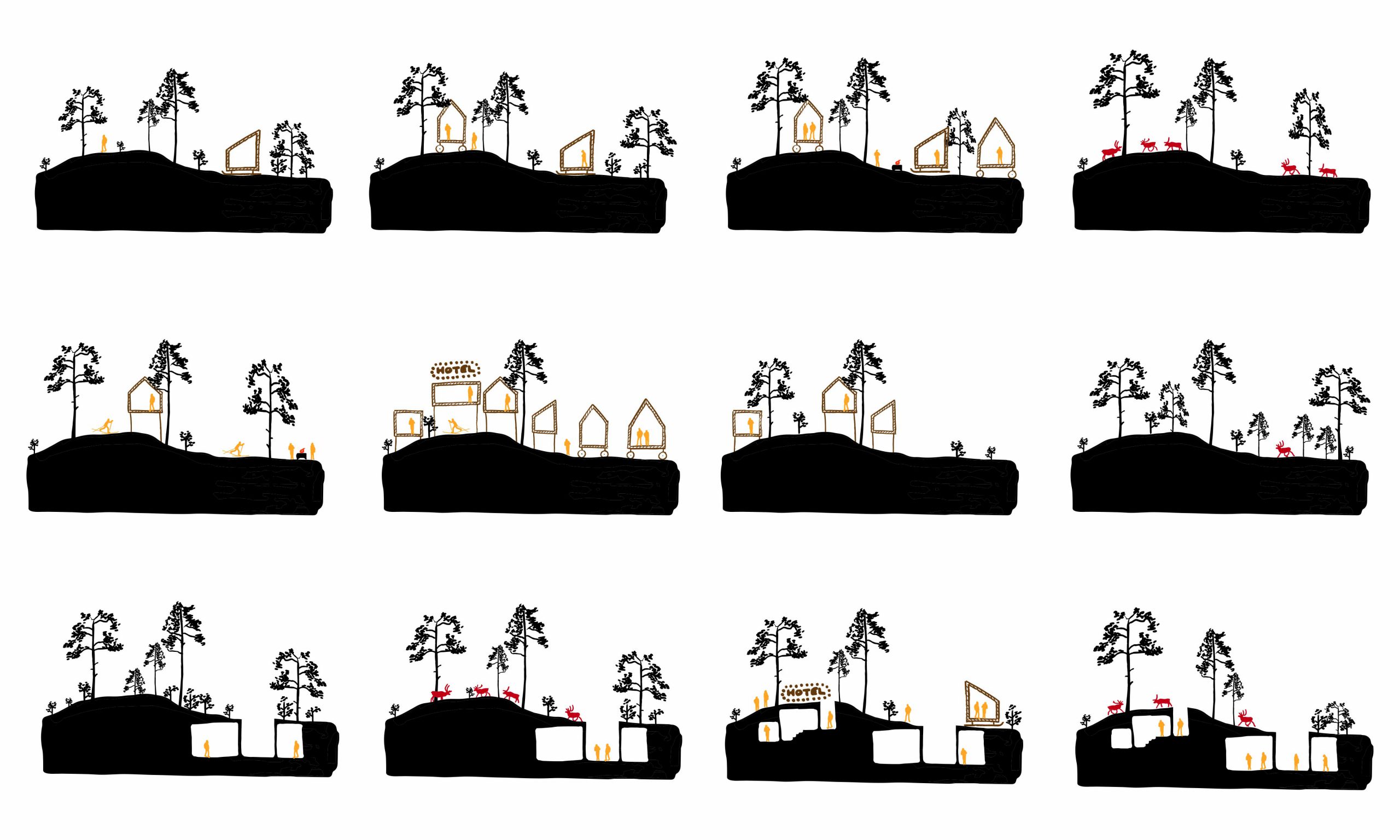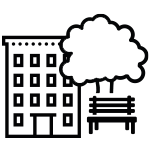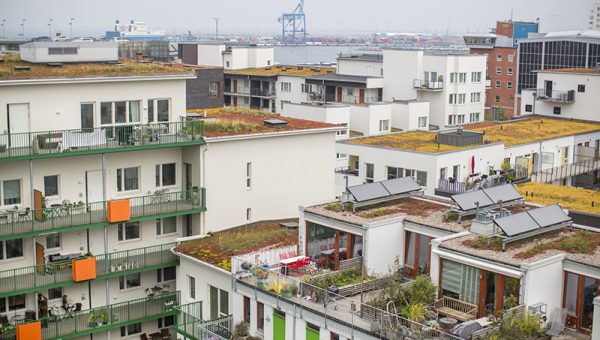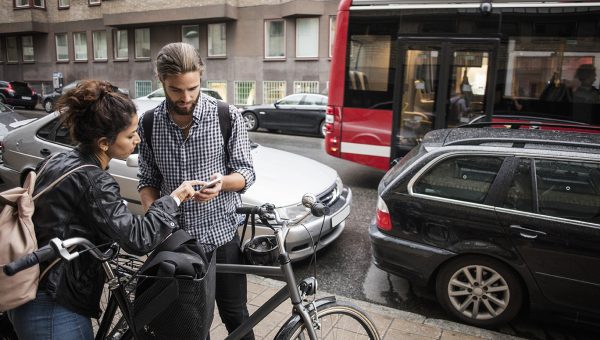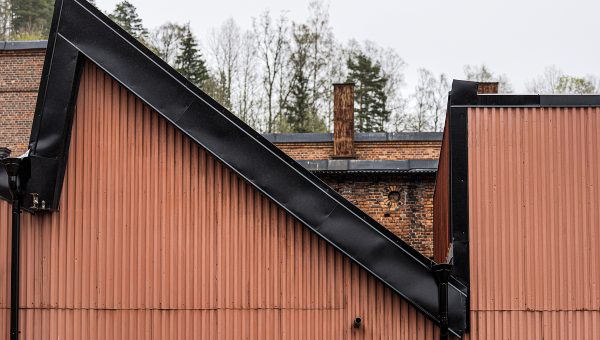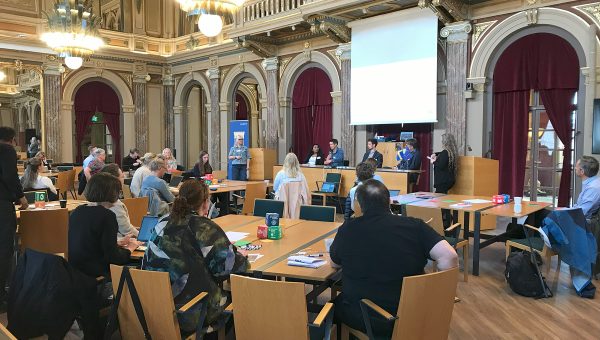Gällivares Case – Vallan i staden
Huvudfråga – Dundret, naturen eller stadskärnan, hur skapar vi en attraktiv sammanhållen stad som lockar människor att komma hit?
För att Gällivare ska kunna utvecklas och dra nytta av de stora möjligheter som investeringarna ger så behöver kommunen locka till sig nya invånare och kompetens. Men hur görs detta på bästa sätt? Hur görs det enligt New European Bauhaus ledord; hållbart, vackert och inkluderande?
Kanske handlar det om att i idéskisserna:
- Visa på hur staden kan knytas ihop med Dundret. Kan Gällivare bli en ski in- ski out till Dundret?
- Skissa på komplexiteten och styrkan i närheten till naturen parat med urbanitet?
- Visa på hur Gällivares stadskärna kan bli ännu mer attraktiv, en dragare och en samlingsplats för nuvarande, nytillkomna och framtida invånare?
Resultatet av caset blir värdefulla underlag för kommunens detalj- och översiktsplanering, i synnerhet för detaljplanering av Dundrets fjällanläggning och detaljplaneläggning av norra delen av Harrträsk.
Kontaktpersoner Gällivare kommun: Sofie Rynbäck, sofie.rynback@gallivare.se & Alexander Kult, alexander.kult@gallivare.se
Team: Of Public Interest
Vår tyngdpunkt ligger på att vara en aktiv part i omformandet av våra gemensamma rum, kritiskt utvärdera vilka värderingar de bygger på, vem de är till för, på vilka sätt de delas, hur de är skapade och av vem. Genom vår grund i konstnärliga strategier och språk vill vi skapa visioner för framtidens inkluderande och hållbara livsmiljöer.
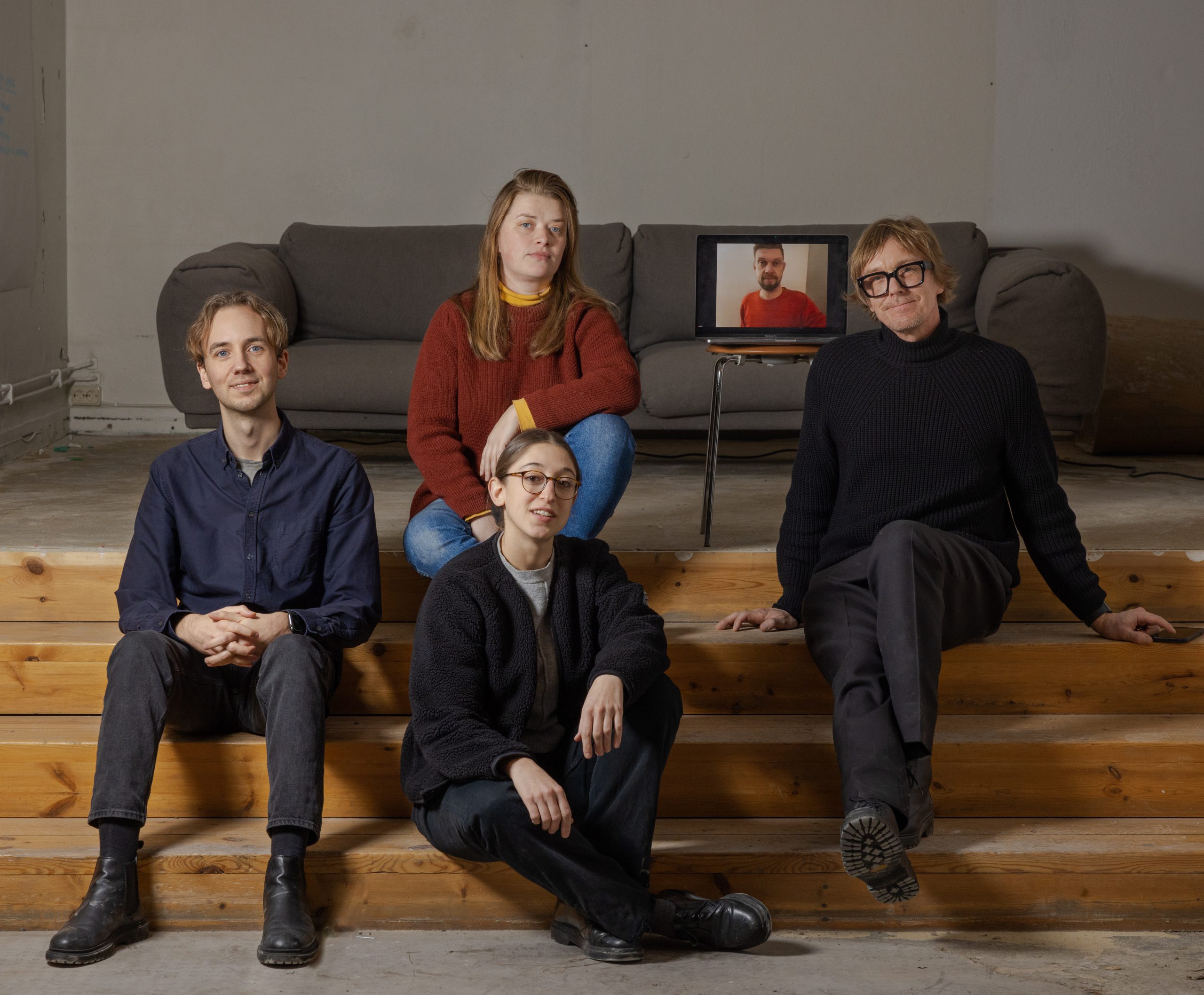
Deltagare
Jonas Dahlberg, konstnär, OPI
Joakim Lyth, arkitekt, OPI
Chiara Bugatti, konstnär, OPI
Danae Valenza, konstnär, OPI
Tobias Westerlund, arkitekt, OPI
Kontakt Jonas Dahlberg jonas@jonasdahlberg.com Of Public Interest (OPI)
Idéskiss: From malm back to soil
Our vision for Gällivare is the result of an observation of the city’s different approaches to movement, resources, and cyclicality. In the future, we will need to change our approach to the land and its exploitation. To start this process, we need to acknowledge the city’s mining history as a part of its identity.

Bildtext: ”A resident of Gällivare told us about a place along the road going south, where the sun hits early every year exposing the bare ground while everything else is still covered in snow. Every year, groups of people gather there to celebrate the beginning of a new season.
We spoke to a former resident of Malmberget described Malmberget in very similar terms. They told us about a park that they enjoyed visiting as a child, with flourishing plantations, lots of animals, a birdhouse with peacocks and smaller parakeets, a pond with swans, roses and rabbits. Today, a giant pit is swallowing Malmberget, the area of the municipality which naturally provided the optimal conditions to live in. The gradual fading away of Malmberget does not only entail the loss of housing but also the loss of important transitory meeting points for people themselves.”
Whose voice are we listening to while planning the future of Gällivare and its inhabitants? Whose perspectives and interests come first and whose ones are kept silent? Which values are being overseen, forgotten or omitted?
The word malm is ever present in the city’s vocabulary. Malm is defined as lucrative soil. The fact that this word is so present makes visible how that the whole town is approaching the land, and how it has derived its identity and purpose from it. To be able to create inclusive, sustainable and beautiful living conditions, we must challenge our hierarchy of values: from malm back to soil.
The mining industry has impacted the land to the point of creating giant wounds — groparna — which are slowly devouring the city day after day, pushing people away from the place where they came to reside in the first instance. Throughout the urban geography, we propose to implement public spaces which strive to literally ”transport us inside the pits”, allowing us to see and experience what we no longer have access to. These places should function as platforms which use the physical experience of the land as an immersive educational tool to address our relationship to soil and the multiplicity of values that it holds within it.
Later, we suggest the implementation of an urban version of “crop rotation” in the city development plan. The architectural rotation that we propose takes into consideration movement patterns that already exist in Gällivare: from reindeer husbandry to winter tourism, overnight camping and seasonal employment, to the longer timescale of generations living stably in the city and the geological one of the soil. Seasonality and reciprocity must inform architecture and material choices.
Skisserna
Här kan du ta del av teamets presentation av skissarbetet – Of whose interests (pdf)
